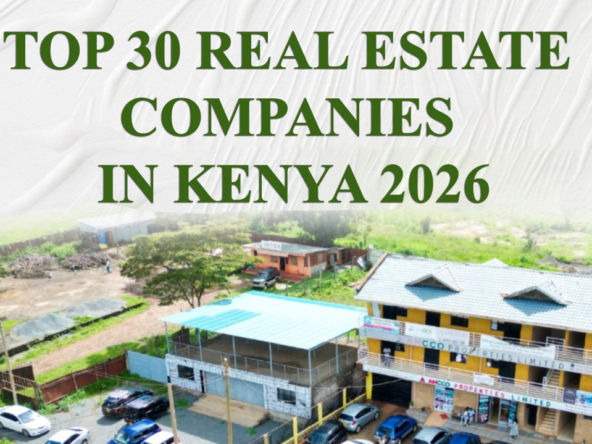Land acquisition in Kenya forms the foundation of real estate investment and development. From understanding tenure systems to navigating county regulations and integrating sustainable practices, each step influences long-term value. Drawing on decades of industry experience, Gazebo Homes Ltd outlines a comprehensive roadmap for prospective land buyers.
1. Due Diligence Essentials
A rigorous due diligence process minimizes risks and uncovers potential liabilities:
- Title History Review: Obtain certified Title Deed copies and Official Search Copy from the National Lands Registry to trace historical owners and encumbrances.
- Survey Plan Corroboration: Verify boundary markers on-site against the NLC-endorsed survey (Form 1) and crosscheck GPS coordinates with independent surveyors.
- Land Rent & Rates Clearance: Secure clearance certificates from the county government and confirm no outstanding development rates or land rent arrears.
- Environmental & Zoning Assessments: For large parcels or sensitive areas, commission EIAs through NEMA and confirm zoning designations with county planning offices to align intended use.
2. Legal & Regulatory Considerations
Understanding the legislative framework ensures compliance and smooth transactions:
- Tenure Types: Freehold, leasehold, and community land distinctions under the Land Act 2012.
- County Zoning Plans: Review the county’s spatial plan to verify permissible land use—residential, commercial, agricultural, or mixed-use.
- Development Approvals: Apply for building permits and approvals through the county’s planning department, including structural drawings and soil test reports.
- Stakeholder Engagement: Consult local community leaders and land control boards to prevent disputes and obtain social license.
3. Sustainable Development Practices
Integrating green solutions enhances value and reduces operational costs:
- Rainwater Harvesting & Storage: Calculate roof catchment area and install adequate storage tanks to meet irrigation and non-potable needs.
- Solar PV & Microgrid Design: Assess solar insolation levels and design rooftop or ground-mounted systems to offset common-area electricity demands.
- Natural Habitat Preservation: Map indigenous tree clusters and natural watercourses to integrate them into site layouts and maintain ecological balance.
- Green Building Materials: Source locally manufactured bricks, AAC blocks, and recycled aggregate to reduce embodied carbon.
4. Post-Purchase Land Management
Securing your asset and preparing for development involves:
- Boundary Fencing & Signage: Erect perimeter fences with durable materials and install signage for visibility and deterrence.
- Site Access Roads & Utilities: Coordinate with county authorities and utility providers to extend water, power, and road infrastructure.
- Community Partnership: Engage local residents in labor and service contracts to bolster goodwill and mitigate social risks.
Acquiring land in Kenya demands meticulous planning, legal compliance, and sustainable foresight. By adhering to these expert guidelines, investors can unlock long-term value while contributing to responsible development. Gazebo Homes Ltd remains your trusted partner—reach out to leverage our expertise on your next land purchase.




